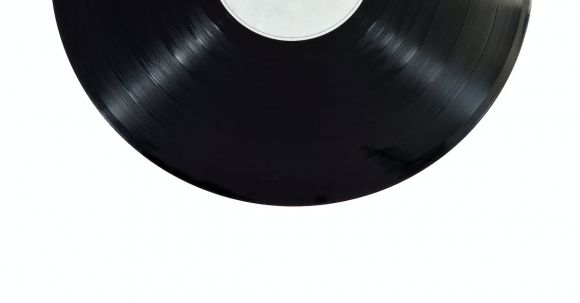Music has always been an integral part of human culture, serving as a means of expression, communication, and entertainment. Throughout history, numerous musical instruments have been invented and played, each with its unique sound and character. However, as time passes, some instruments are forgotten, overshadowed by modern counterparts. In recent years, there has been a resurgence of interest in these forgotten musical instruments, as musicians and enthusiasts aim to rediscover their beauty and revive their presence in the world of music.
Unearthing the Past
The first step in rediscovering forgotten musical instruments is to examine historical records, ancient texts, and archaeological findings. Many instruments that were popular in ancient civilizations have been lost to time, but through diligent research, we can gain insights into their construction, playing techniques, and musical capabilities. By delving into the past, we can uncover the hidden treasures of forgotten instruments.
The Beauty of Diversity
One of the fascinating aspects of exploring forgotten musical instruments is the diversity they bring to the world of music. Each instrument has its own unique timbre, range, and playability. From the haunting sounds of the duduk, an ancient Armenian woodwind instrument, to the rhythmic beats of the darbuka, an Arabic goblet drum, these instruments offer a fresh perspective and widen the sonic palette available to musicians today. Rediscovering these forgotten instruments allows for the creation of new and captivating musical experiences.
Reviving Tradition
In addition to expanding musical possibilities, rediscovering forgotten instruments also helps revive traditions and cultural heritage. Many of these instruments were an essential part of specific cultural practices, ceremonies, and rituals. By reintroducing them into contemporary music, we pay homage to the traditions of our ancestors and keep their legacies alive. This resurgence can also lead to a deeper understanding and appreciation of various cultures and their musical traditions.
Challenges and Rewards
While the journey of rediscovering forgotten musical instruments is exciting, it is not without its challenges. Some instruments may have been lost entirely, with no surviving examples. In such cases, scholars and instrument makers rely on historical descriptions, illustrations, and artistic representations to recreate these instruments. The process of recreating forgotten instruments requires meticulous craftsmanship and expertise to ensure accuracy and authenticity.
However, the rewards of rediscovering and playing these instruments are immeasurable. Musicians who venture into the world of forgotten instruments often find themselves captivated by the unique qualities and rich histories of these instruments. The sense of accomplishment and connection to the past that comes from playing a forgotten instrument can be deeply fulfilling and inspiring.
Preserving the Legacy
As interest in forgotten musical instruments grows, efforts are being made to preserve and document their existence. Museums and private collectors play a vital role in safeguarding these instruments for future generations. Through exhibitions, educational programs, and recordings, the legacy of forgotten instruments can be shared with a wider audience, ensuring that their stories are not lost again.
In conclusion, rediscovering forgotten musical instruments is an endeavor that brings new life to the world of music. By unearthing the past, embracing diversity, reviving traditions, and overcoming challenges, musicians and enthusiasts are breathing new life into these instruments. The journey of rediscovery is not only an exploration of sound but also a celebration of human creativity and cultural heritage. As we continue to delve into the forgotten realms of musical instruments, we unlock a world of possibilities, connecting the past, present, and future through the universal language of music.
